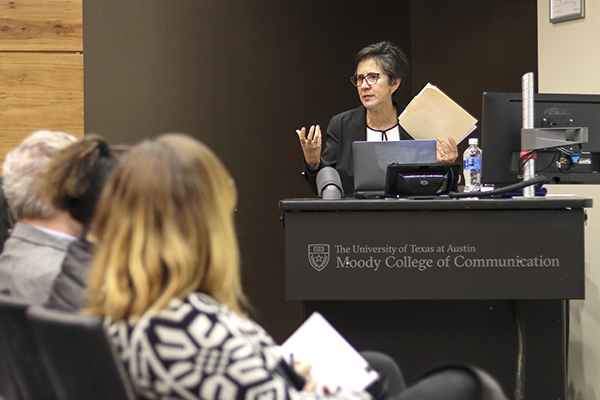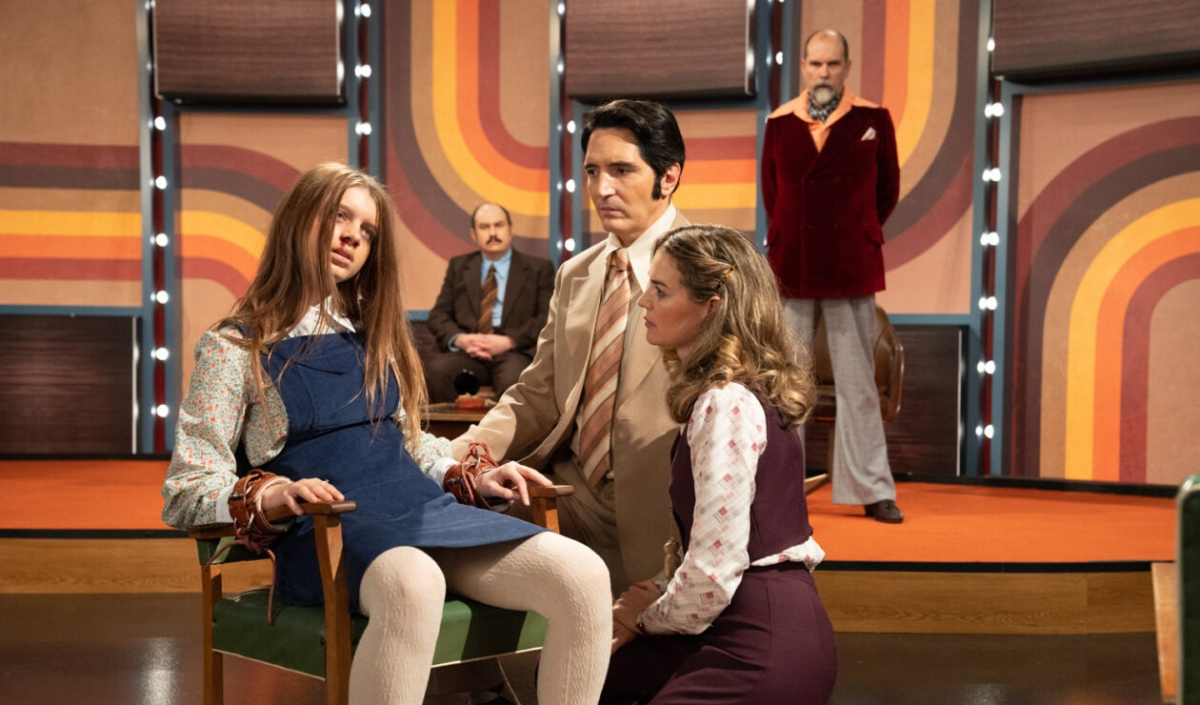Angharad Valdivia, a Latino/Latina Studies professor and media scholar at the University of Illinois at Urbana-Champaign gave a lecture Feb. 6 titled “What’s up with Disney & Latinidad? Princesses and the Girls Who are Stuck in the Middle.” The talk was hosted by the Latino Media Arts & Studies Speaker Series at the Belo Center for New Media.
For the past 20 years Valdivia has conducted research on Disney films, shows and characters and analyzed how Latinidad is represented by the company on screen and in the entertainment industry. Latinidad is a Spanish term used to describe the attributes shared by Latin-American people and their descendants, commonly used as an academic term within Latino Studies.
The Daily Texan spoke with Valdivia about her research and Disney’s tepid approach to representing Latinidad in its franchise.
The Daily Texan: The title of your lecture is “What’s Up with Disney and Latinidad? Princesses and Girls Who are Stuck in the Middle.” Can you unpack that title a little bit?
Angharad Valdivia: So that title is actually the name of a (Disney) show that’s been cancelled with Jenna Ortega called “Stuck in the Middle.” It ran for three (seasons), and for Disney, that’s not unusual. The title (of the lecture) itself is indicative of the location of Latinos contemporarily in the body politic, in the U.S. and popular culture, and definitely within the Disney ecosystem. They are signing or representing an (intermediary) ethnicity between whiteness and blackness.
DT: Disney executives have said that certain princesses are “inspired by diverse Latin cultures and folklore,” but never explicitly said that they are Latina. Why do you think they are so hesitant to be specific?
AV: Disney is purposefully and very carefully producing a very ambiguous Latinidad to court both domestic Latino audiences and the global brown audience, but not alienate the normative white audience. They see (this) as their main audience, despite demographic data that shows that globally there are far more brown people than there are white people. The way that they’re doing this is by putting out nearly imperceptible Latinas. There’s a lot of fear, and I think that has to do with contemporary culture. They’re not going to risk getting into some kind of political quagmire unless they try to lure in a bigger audience. As a result, Latinos are stuck in the middle.
AV: There are these two ways of looking at Latinos — they are always in families, or they just moved. The mass media covers Latinos as the internal foreigner or recent immigrants, and that’s just the trope that gets repeated generation after generation. It is a complicated thing that has been very difficult to change. I would also like to see a little bit more Latino labor (in the industry), just because people deserve to have jobs, and they deserve to have well paying jobs. I would like there to be less (precariousness) and media production, for there to be more inclusivity for all sorts of people, not just a particular gender and race in terms of having a great job in media.





















